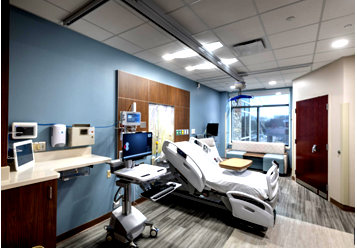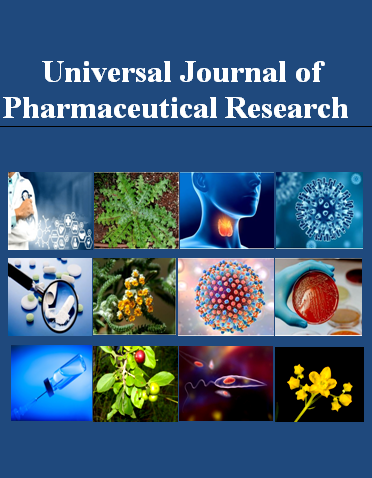A NON-PARAMETRIC FRAMEWORK FOR ANALYZING SPATIAL HETEROGENEITY AND CONTAMINATION PATHWAYS IN HEALTHCARE ENVIRONMENTS
Keywords:
Cleanroom, contamination control, environmental monitoring, hotspot analysis, non-parametric statistics, spatial heterogeneityAbstract
Background: The systematic management of microbial bioburden in Class C healthcare cleanrooms is a critical factor in patient safety. Standard environmental monitoring often overlooks the complex spatial and statistical relationships of contamination. This study applies a rigorous statistical framework to a comprehensive environmental monitoring dataset to accurately map contamination risk.
Methods: A cross-sectional analysis was performed on 318 microbial surface samples from 28 distinct operational locations in a Class C facility. Colony Forming Unit (CFU) data were analyzed using non-parametric statistics due to non-normal distribution, confirmed by Shapiro-Wilk tests on all locations with sufficient sample size (n=12). The Kruskal-Wallis test with Dunn's post-hoc analysis was used for group comparisons. Spearman's correlation was used to assess inter-location relationships.
Results: Significant spatial heterogeneity in microbial contamination was confirmed (p<0.0001). Dunn's test identified CP C 11 W as the location with the highest contamination burden (mean CFU=12.17). The most statistically robust contrasts were observed when comparing high-burden sites against the cleanest location, CP C 32 WNme (mean CFU=0.67), which serves as a control benchmark. Multiple high-burden locations, including CP C 11 W and CP C 30 NCu, were found to be significantly more contaminated than this benchmark. No Spearman correlations survived the strict Bonferroni correction; however, the relationship between CP C 11 W and CP C 45 Wif (r=0.882, p<0.05) approached the significance threshold, suggesting a potential pathway requiring further investigation.
Conclusions: Microbial contamination within the facility is spatially patterned, not random. The analysis provides a definitive hierarchy of risk, highlighting CP C 11 W as the primary target for enhanced sanitation. While correlational pathways could not be statistically confirmed, near-significant results provide a clear direction for future, more targeted sampling to validate operational links between zones.

Peer Review History:
Received 5 June 2025; Reviewed 12 July 2025; Accepted 24 August; Available online 15 September 2025
Academic Editor: Dr. Asia Selman Abdullah , Pharmacy institute, University of Basrah, Iraq, asia_abdullah65@yahoo.com
, Pharmacy institute, University of Basrah, Iraq, asia_abdullah65@yahoo.com
Reviewers:
 Dr. Alfonso Alexander Aguileral, University of Veracruz, Mexico, aalexander_2000@yahoo.com
Dr. Alfonso Alexander Aguileral, University of Veracruz, Mexico, aalexander_2000@yahoo.com
 Dr. Ali Abdullah A. Al-Mehdar, University of Basrah, Iraq, asia_abdullah65@yahoo.com
Dr. Ali Abdullah A. Al-Mehdar, University of Basrah, Iraq, asia_abdullah65@yahoo.com
Downloads

Published
How to Cite
Issue
Section
Copyright (c) 2025 Universal Journal of Pharmaceutical Research

This work is licensed under a Creative Commons Attribution-NonCommercial 4.0 International License.









 .
.